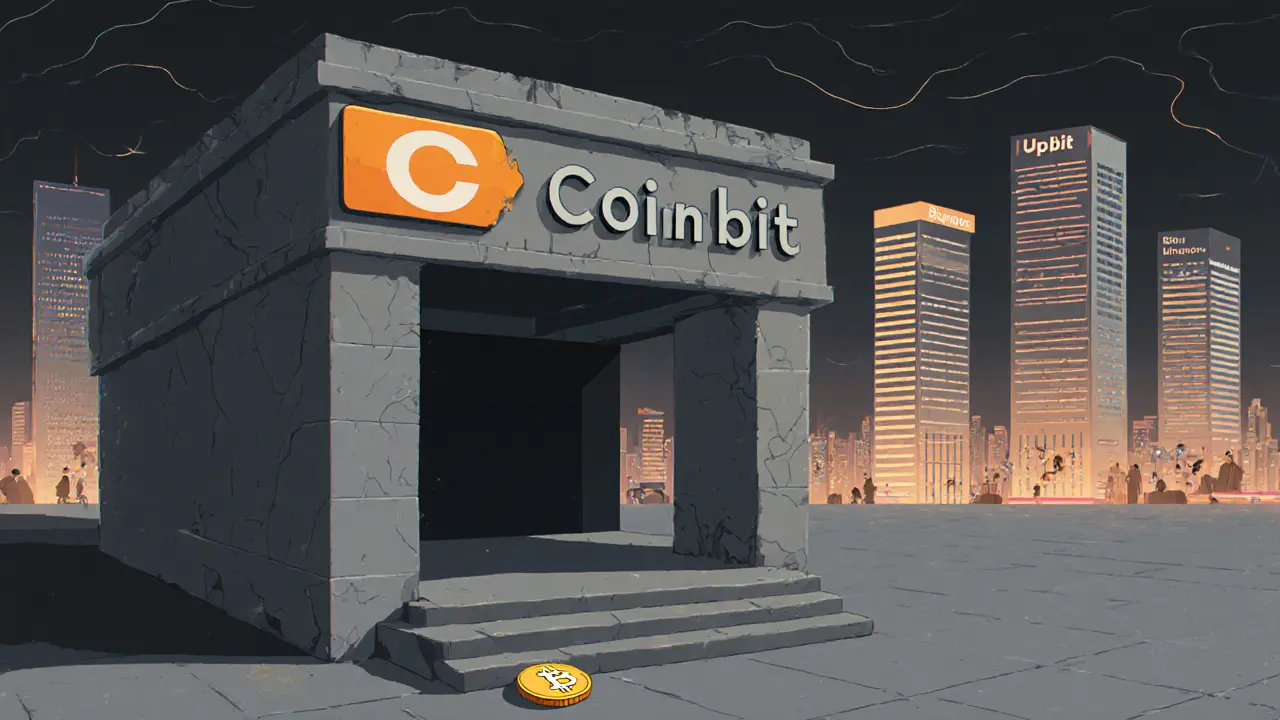Crypto Exchange Liquidity: What It Is and Why It Matters for Your Trades
When you trade crypto, crypto exchange liquidity, the ease with which assets can be bought or sold without moving the price. It's what separates a smooth trade from a nightmare where your $100 order turns into $85 because no one’s buying. Without enough liquidity, even the biggest coins become impossible to trade at fair prices. You might see a $500,000 market cap on CoinMarketCap, but if only $2,000 changes hands daily, you’re not trading a liquid asset—you’re gambling on a ghost.
This is why so many decentralized exchanges, platforms like Wagmi, HB DEX, or IceCreamSwap that let you swap tokens without a central company fail. They look fancy on paper, but if no one’s trading, the liquidity is dead. Take IceCreamSwap on Blast: as of October 2025, it had $0 daily volume. Zero. That’s not a DEX—it’s a digital ghost town. Meanwhile, Uniswap v3 on Celo works because it’s built for real users: stablecoin traders in emerging markets who need fast, cheap swaps. Liquidity isn’t about marketing—it’s about actual people trading, every single day.
Trading volume isn’t just a number. It’s the heartbeat of a market. A trading volume, the total value of assets traded over a specific time period of $356 a day, like Wagmi on Kava, means you’re stuck waiting for someone to take your order—or worse, you’re the one taking the loss. High liquidity means tight spreads, faster fills, and less slippage. Low liquidity means your $1,000 trade might cost you $150 in hidden price damage. That’s why platforms like Coinbase or Kraken still dominate: they have deep order books, institutional buyers, and real money flowing through them.
And don’t confuse liquidity with hype. A coin can trend on Twitter, but if no exchange has enough buyers and sellers, it’s worthless for trading. That’s the trap with fake DEXs like LocalCoin DEX or Coinbook—they’re scams pretending to be exchanges. No liquidity. No trades. Just your funds disappearing.
If you’re trading in 2025, you need to ask one question before every swap: Is there real liquidity here? Check the 24-hour volume. Look for multiple trading pairs. See if big tokens like USDT or ETH are available. Avoid anything with under $10,000 daily volume unless you’re experimenting with pennies. The best DEXs aren’t the flashiest—they’re the ones where trades happen without you even thinking about it.
Below, you’ll find real reviews of exchanges that actually have liquidity—and the ones that don’t. No fluff. No hype. Just what’s working, what’s dead, and what you should avoid before you lose money.
Coinbit Crypto Exchange Review: Why Liquidity Issues Make It Hard to Recommend
Coinbit once had high trading volume, but its collapse to under $100 daily shows it's no longer viable. Learn why liquidity, silence from users, and lack of regulation make this exchange too risky to use.
Details +